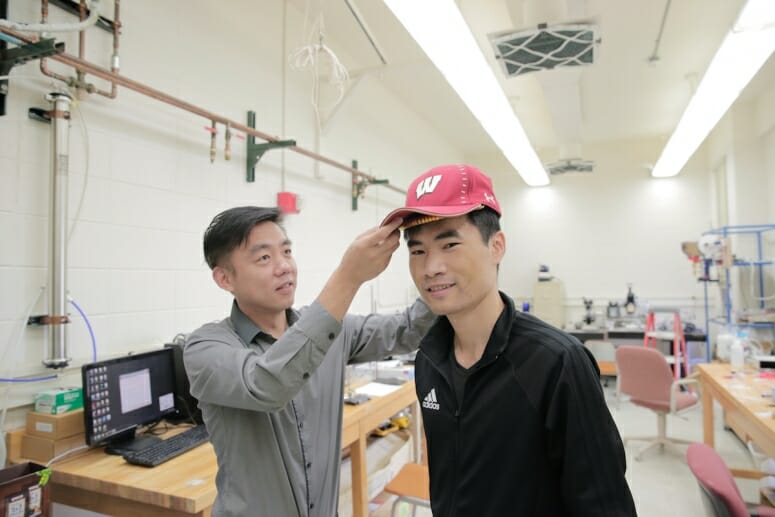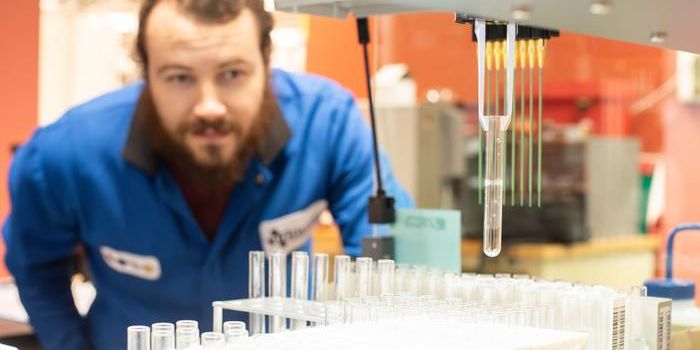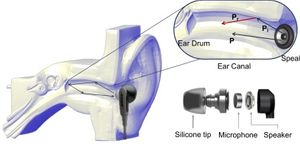Electrical Technology To Treat Baldness?
Hair loss still remains a fear among most men. However, reversing baldness may someday be simple as wearing a hat. Now, researchers at the University of Wisconsin-Madison have engineered a noninvasive, low-cost hair-growth-stimulating technology.
"I think this will be a very practical solution to hair regeneration," says Xudong Wang, a professor of materials science and engineering at UW-Madison. Work on the hair-growth stimulating technology was described in the journal ACS Nano. Development of the technology stemmed from device that collect energy from a body’s day-to-day motion. The hair-growth technology depends on stimulating the skin with gentle, low-frequency electrical signals that ‘wake’ dormant hair follicles to reactive the production of hair.
Specifically, the technology works by not sprouting hair follicles anew in smooth skin but to reactivate hair-producing structures that have gone dormant. The hair stimulation could be applicable for people in the early stages of pattern baldness.
Learn more about hair loss:
These intervention methods may not be strong for someone who has been losing hair of the course of several years. However, what is unique about this technology is the device is low-powered, low maintenance design that does not require bulky batteries or complicated electronics. The design can even be worn underneath the crown of the baseball cap and maintain a low-profile.
The energy-harvesting device has been examined in the pioneering of electric bandages to stimulate wound healing as well applications in weight-loss that depend on electrical impulses to trick the stomach into feeling full. The hair-growth technology is also based on another similar small device called ‘nanogenerators’ that passively gather energy from day-to-day movements and then transmit that energy through low-frequency pulses of electricity to the skin. These electric impulses, although gentle electric stimulation, it is strong enough to wake up hair follicles.
"Electric stimulations can help many different body functions," says Wang. "But before our work there was no really good solution for low-profile devices that provide gentle but effective stimulations."
Gentle electrical impulse are effective even though they do not penetrate any deeper than the very outermost layers of the scalp. This allows them to not cause any unpleasant side effects presenting great advantage to other marketed therapeutics for hair loss—such as the drug Propecia which can cause depression and anxiety.
UW–Madison Materials Science and Engineering: Professor Xudong Wang (left) and colleagues developed an device — unobtrusive enough to fit under a cap — that harnesses energy from the wearer and delivers gentle electric pulses to stimulate dormant hair follicles and regrow hair. UW-MADISON PHOTO CREDIT BY SAM MILLION-WEAVER
On side-by-side tests, the device were found to stimulate hair growth strongly as two different drugs used for baldness. "It's a self-activated system, very simple and easy to use," says Wang. "The energy is very low so it will cause minimal side effects."
Researchers have patented the technology with the Wisconsin Alumni Research Foundation and hope to bring it to clinical in-human studies soon.
Source: University of Wisconsin-Madison











